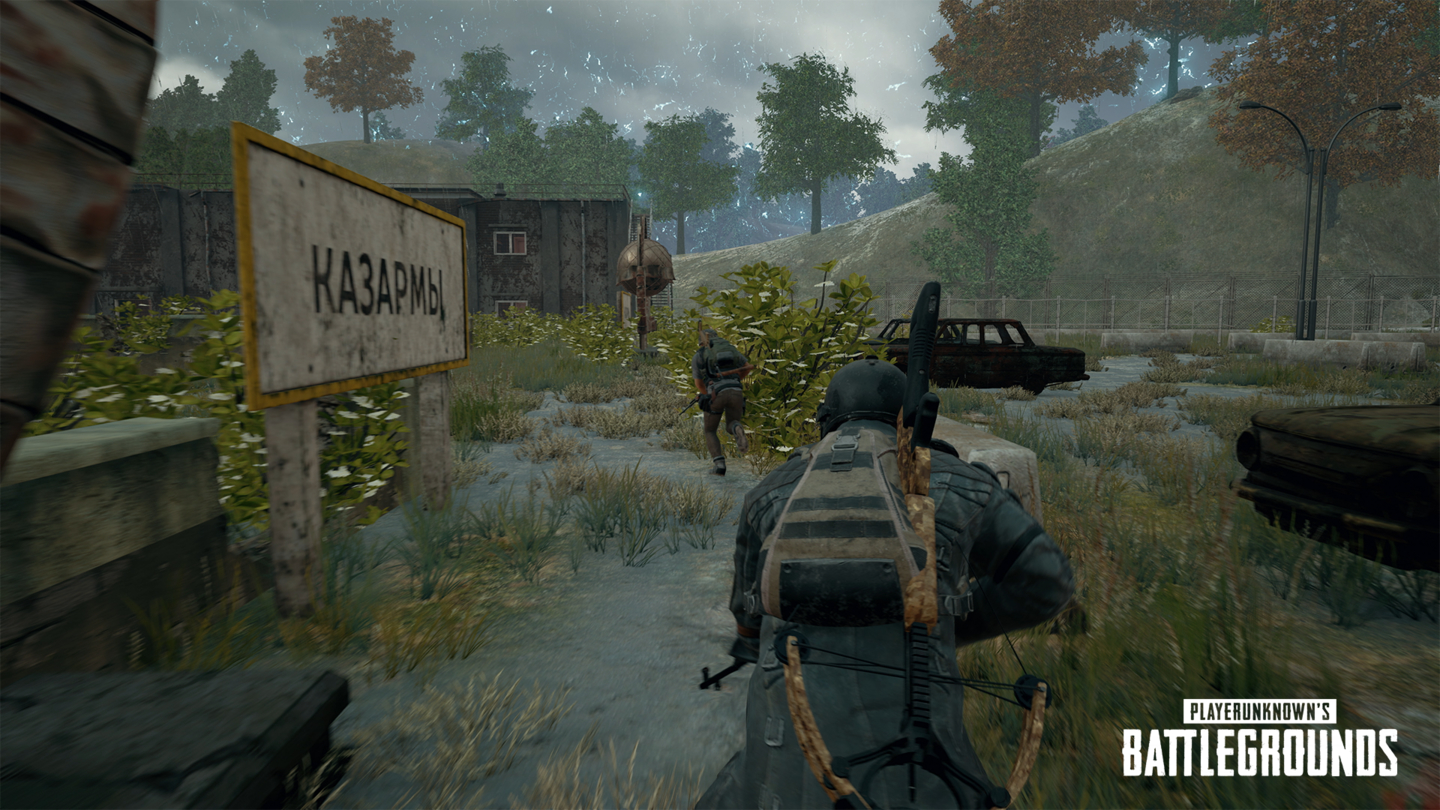"As the designer, it’s impossible for me to be better than people who play more than me."
In an industry where gaming franchises are conceived by massive corporations like Blizzard and Riot Games, PUBG is an anomaly. Brendan Greene is a relative neophyte when it comes to the video game industry. He pivoted from a career as a photographer and designer, gaining a working knowledge of game design by creating custom modifications of PC military simulation ARMA 2. In 2013, with tutelage from a community of developers who tweak existing games to their liking (called “modders”), Greene released his own version of ARMA 2 called Battle Royale, inspired by the Japanese film of the same name and the Hunger Games series.
“I’ve been really lucky in that the gaming and modding community, especially with ARMA, is very open about sharing what they do and believe everything should be free,” says Greene.
That support taught Greene the skills needed to manage everything about Battle Royale on his own. As the mod gained popularity, Sony took notice and hired him as a consultant on another deathmatch game, H1Z1. Then after its release in 2015, he received an offer from South Korea-based Bluehole Games to develop his own stand-alone title based on the same concepts.
“My boss at Bluehole ... he just sent me an email. After talking to him, I saw his passion about making a battle royale game. Then he gave me a chance to have a team and make my vision,” says Greene.
Growing from a one-man operation to creative director of a team proved challenging. “One of the biggest lessons was trusting my team and finding the right people to work with,” he explains. “But once you find them, you can do anything.”
In early 2017, a beta version of PLAYERUNKNOWN’S BATTLEGROUNDS was released to online PC gaming service Steam and for Xbox One. True to his modding roots, the game was a work in progress. ““There were no frills, but it worked,” says Greene.
The game skyrocketed to the top of the Steam charts, surpassing Dota 2 and Counterstrike: Global Offensive as the service’s most popular game, greatly exceeding both the company’s expectations and technical capabilities. It has currently been downloaded over 20 million times, with up to three million users playing concurrently.
“It’s crazy. They’re surreal numbers. Our server was only built for one million players at first, and we thought we could just double it, and there was no way we’d hit that number. Now we’re at three million,” says Greene, just days before December’s official “feature complete” release of the game.




